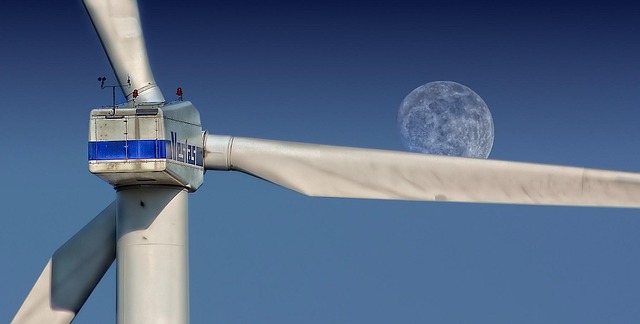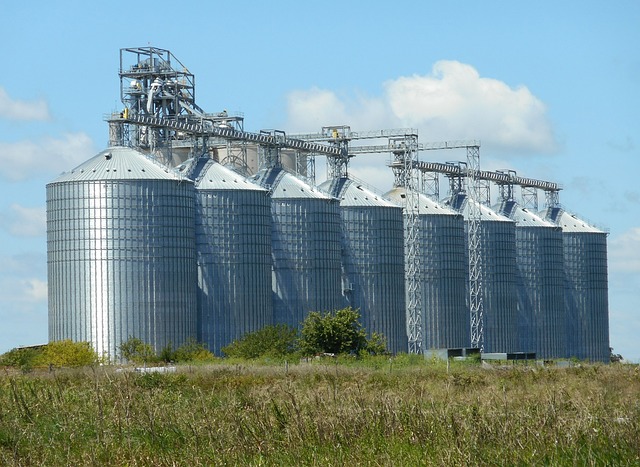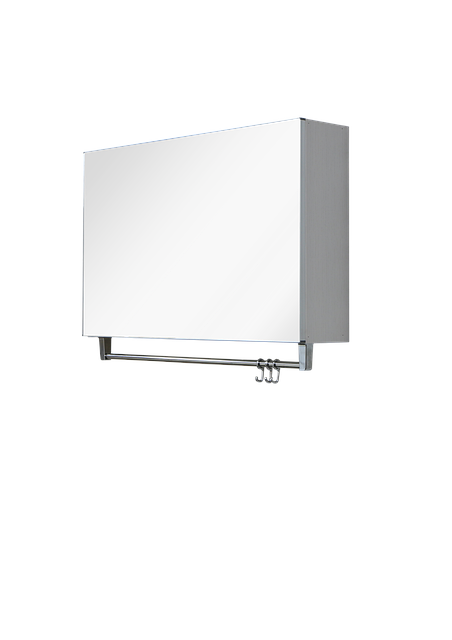Energy Storage and Smart Grids: A Synergistic Relationship
The increasing demand for reliable, efficient, and sustainable energy has prompted a significant transformation in the way we produce, distribute, and consume electricity. Central to this transformation are two pivotal concepts: energy storage systems and smart grids. Both technologies play a critical role in the integration of renewable energy sources, improving grid reliability, and enhancing overall energy efficiency. This article explores the synergistic relationship between energy storage and smart grids, delving into their individual functionalities, collaborative benefits, and the challenges they face in achieving a sustainable energy future.
Understanding Energy Storage
Energy storage refers to technologies that capture energy produced at one time for use at a later time. It allows for the balancing of supply and demand, provides grid stability, and helps to integrate renewable energy sources such as solar and wind. Various energy storage technologies are available, including:
- Batteries: Lithium-ion, lead-acid, flow batteries, and others that store electrical energy chemically.
- Mechanical storage: Pumped hydro storage and flywheels that store energy in the form of kinetic or potential energy.
- Thermal storage: Systems that store energy in the form of heat, typically used in concentrated solar power.
- Hydrogen storage: Utilizing electrolysis to convert electricity into hydrogen, which can be stored and converted back into electricity when needed.
These technologies have matured over the years, leading to significant cost reductions and improvements in efficiency. As a result, they serve diverse applications, from supporting grid operations to providing backup power for critical infrastructures.
The Rise of Smart Grids
Smart grids are advanced electrical grid systems that integrate digital communication technology with the electrical infrastructure. They enable two-way communication between utility companies and consumers, allowing for improved monitoring, control, and optimization of energy use. Key features of smart grids include:
- Real-time data collection: Smart meters provide accurate consumption data, facilitating better energy management.
- Automated control systems: Allow utilities to quickly respond to grid fluctuations and maintain system reliability.
- Demand response capabilities: Enable consumers to adjust their electricity usage based on availability and cost, promoting energy conservation.
- Integration of distributed energy resources: Facilitate the incorporation of renewable sources, electric vehicles, and energy storage into the grid.
The evolution of smart grids is driven by the need for resilience against outages, increased efficiency, and the rise of decentralized energy generation methods. By enhancing communication and control mechanisms, smart grids empower consumers to take an active role in energy management.
The Synergy Between Energy Storage and Smart Grids
Energy storage and smart grids complement each other in numerous ways, creating a holistic approach to energy management. This synergy is critical for addressing the challenges posed by modern energy demands, especially as renewable energy sources gain prominence.
Seamless Integration of Renewables
The integration of renewable energy sources into the grid is one of the most significant advantages of using energy storage in conjunction with smart grids. For instance, solar and wind power generation is inherently intermittent. Energy storage systems can absorb excess energy during peak production periods and release it when generation drops. Smart grids facilitate this dynamic by providing real-time data on energy production and consumption, enabling better decision-making about when to store or release energy.
Enhanced Grid Reliability and Resilience
Energy storage enhances grid reliability by providing backup power during outages and stabilizing frequency and voltage fluctuations. In situations where demand surges or supply falters, energy storage can quickly discharge stored energy to maintain system stability. Smart grids support this function by allowing grid operators to monitor conditions and optimize energy dispatch in real-time. Together, they ensure that consumers experience fewer interruptions and maintain access to reliable energy.
Efficiency and Cost Savings
By balancing supply and demand, energy storage and smart grids enable more efficient use of existing resources, leading to cost savings for both utilities and consumers. Smart grid technologies can optimize the grid’s operation based on real-time data, reducing the need for costly peak generation. Energy storage systems can provide ancillary services such as frequency regulation and reserve power, further enhancing grid efficiency while lowering operational costs.
Empowering Consumers
Energy storage and smart grids empower consumers by giving them greater control over their energy usage. With smart meters and energy management systems, households can monitor their consumption patterns and make informed decisions about when to use or store energy. For consumers with energy storage systems, it becomes possible to shift energy usage to times when electricity is less expensive or when renewable energy generation is high, allowing for further savings on electricity bills. This shift towards consumer empowerment is crucial in fostering a culture of energy conservation and sustainability.
Challenges and Opportunities
While the synergy between energy storage and smart grids presents numerous benefits, it is not without challenges. These include technological hurdles, regulatory frameworks, and financial barriers that must be addressed to realize their full potential.
Technological Challenges
Although energy storage technologies have advanced, issues such as limited capacity, lifecycle sustainability, and performance reliability persist. Battery performance, for instance, can degrade over time, and improvements in energy density and charging speeds are essential for broader adoption. Furthermore, interoperability between various energy storage systems and smart grid technologies needs to be standardized to ensure seamless integration.
Regulatory Frameworks
The regulatory landscape for energy storage and smart grids is still evolving. Policymakers must create supportive policies that promote investments in these technologies while ensuring fair competition and consumer protection. Clear guidelines and incentives can help accelerate the deployment of energy storage and smart grid projects, but inconsistent regulations across regions may hinder development.
Financial Considerations
Initial costs for deploying smart grids and energy storage systems can be high, which may discourage investment, particularly in developing regions. However, as technology costs continue to decrease and the long-term savings become evident, financial models that support investment in these technologies can flourish. Innovative financing mechanisms, such as power purchase agreements (PPAs) or community solar initiatives, can provide pathways for funding, making energy storage and smart grids more accessible.
The Future of Energy Storage and Smart Grids
Looking ahead, the synergy between energy storage and smart grids is expected to play a vital role in achieving a sustainable energy future. As the world moves towards decarbonization and the adoption of renewable energy sources increases, the importance of these technologies will continue to rise. Advances in artificial intelligence and machine learning will further enhance smart grid capabilities, optimizing energy management and troubleshooting issues before they arise.
Moreover, the growing trend of electric vehicles presents a unique opportunity for integrating energy storage and smart grids. Vehicle-to-grid (V2G) technologies allow electric vehicle batteries to serve as distributed energy resources, providing additional storage and demand response capabilities to the grid. This symbiotic relationship could revolutionize energy management, create new business models, and improve the overall efficiency of the power sector.
Conclusion
The interconnection of energy storage systems and smart grids represents a transformative step towards a resilient, sustainable, and efficient energy landscape. Together, they facilitate the integration of renewable energy sources, enhance reliability, empower consumers, and provide significant cost savings. While challenges remain, the collaborative potential of these technologies is profound. By investing in innovative solutions and creating a supportive regulatory environment, we can harness the full power of energy storage and smart grids, paving the way for a cleaner and smarter future for generations to come.










